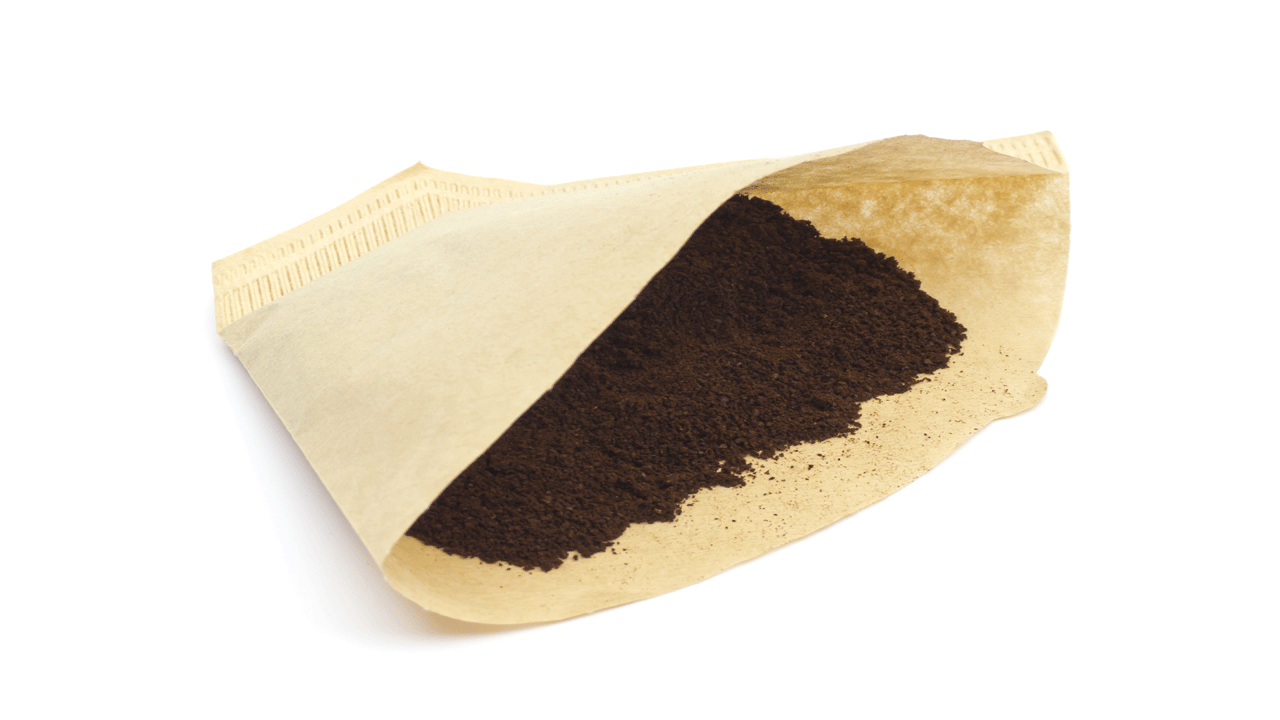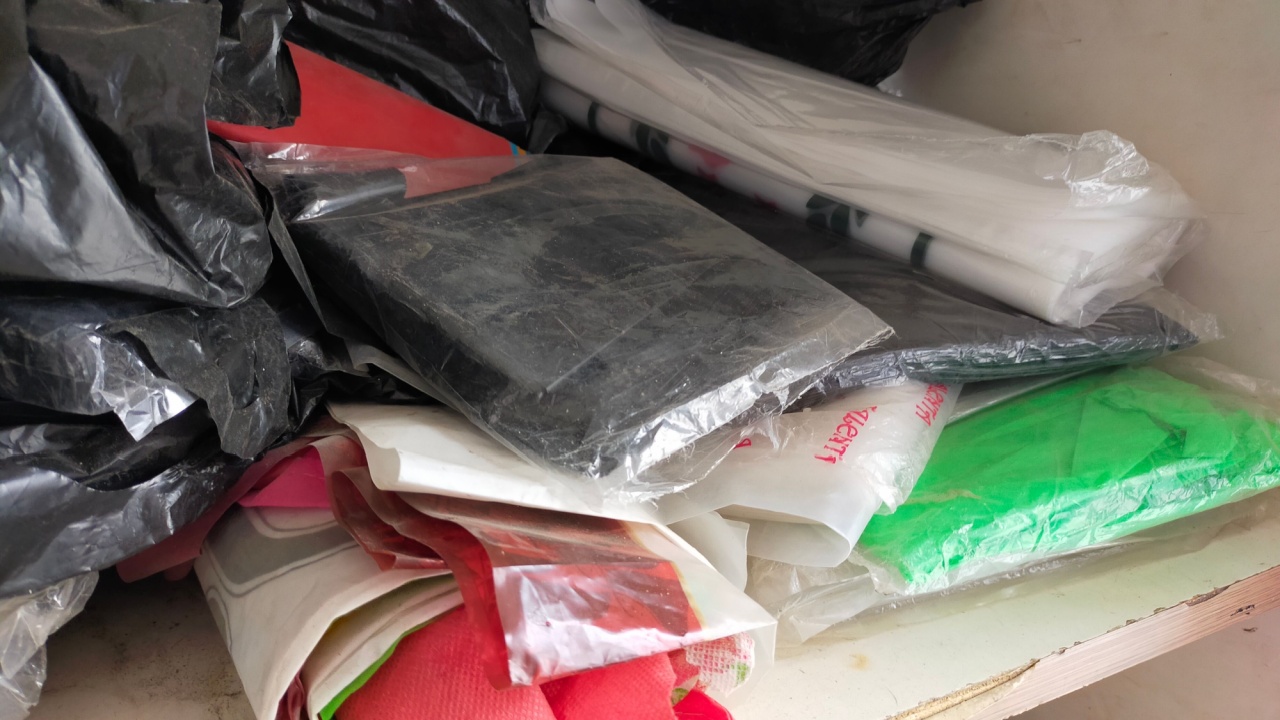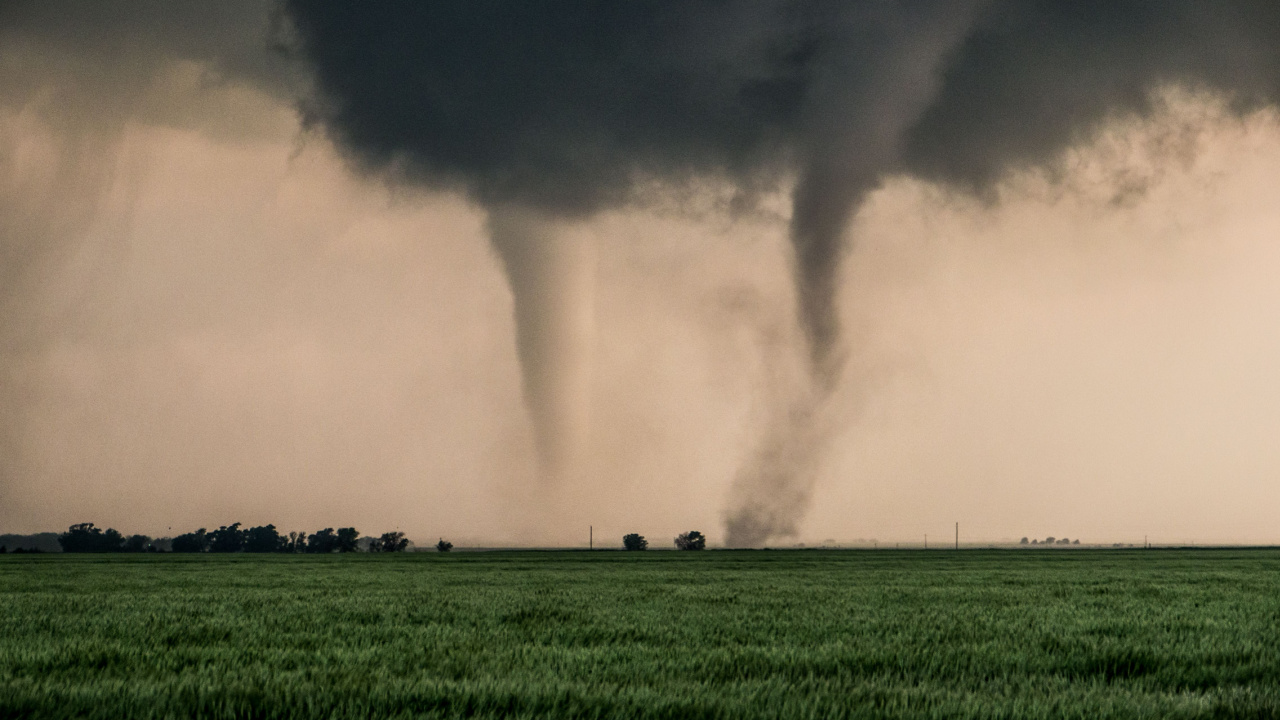In times of crisis, the ability to adapt and repurpose what you have can make all the difference. From turning old bottles into water filters to using shoelaces as fishing lines, everyday items can be your biggest survival tools. And, in a crisis scenario, whether that’s a short-lived power outage or TEOTWAWKI, even if you’re really well prepared, there will still be times you have to get creative and make do with what you can find laying around.
1) Plastic Bottles as Water Filters

Turn a plastic bottle into a life-saving water filter. Cut off the bottom, put a hole in the cap, layer it with pebbles, sand, charcoal, and cotton, paper napkins, or a coffee filter, and pour water through to clean it. It’s not my first choice for accessing clean water, but in a pinch, this kind of DIY filter will remove many particles from the water, at which point you could boil the water or use other purification methods to make it safe to drink.
2) Duct Tape for Medical Emergencies

Use duct tape for more than just repairs; it’s a medical must-have. Duct tape can be used to hold bandages in place, create a makeshift cast, or even to cover blisters. Every prepper worth their salt has a good supply of duct tape squirreled away.
3) Aluminum Foil as a Signal Mirror

Aluminum foil can also save your life if you need help and are without other means of communication. Shine it up and use it as a signal mirror to reflect sunlight and signal for help.
4) Shower Curtains as Shelter

Keep an old shower curtain; it’s perfect for emergency shelter. Use it to collect rainwater, as a waterproof ground cover, or as a wind block.
5) Coffee Filters for Pre-Filtering Water

Coffee filters are great for pre-filtering water before purifying it. They can remove larger particles and help make water treatment easier and more effective.
6) Shoelaces as Fishing Line

Use shoelaces as an emergency fishing line. They are strong enough to hold small fish and can be used with improvised hooks.
7) Tin Cans as Cooking Pots

Repurpose tin cans as cooking pots or for boiling water. Make sure to clean them well and remove any labels before use.
8) T-Shirts as Bandages

Old T-shirts can be torn into strips and used as bandages. They can also be used to filter out sediments from water before boiling.
9) Chips as Fire Starters

The oil in chips makes them excellent fire starters. A small pile of chips can burn long enough to help ignite larger pieces of wood.
10) Pantyhose for Food Gathering

Use pantyhose to gather and store foods like nuts and berries. They can also be used to strain sediments from water.
11) Plastic Bags as Insulation

Stuff plastic bags with leaves or newspaper for extra insulation in cold weather. They can be placed inside your clothing to keep warm.
12) Cardboard as Fire Starter

Cardboard makes a great fire starter. Tear it into strips and light it to help get your fire going.
13) Bottle Caps as Mini Candles

Melt wax into metal bottle caps to make tiny emergency candles. They’re small and easy to carry, providing light when you need it.
14) Forks as Fish Hooks

Bend forks to create homemade fish hooks. This can be a vital food source in survival situations.
15) Wine Corks as Fishing Bobbers

Turn wine corks into fishing bobbers. Attach them to your fishing line to keep your hook afloat and visible.
17 Most Devastating Tornadoes In History

Nature’s fury is terrifying, and tornadoes are among the most deadly natural phenomena. These 17 deadly tornadoes highlight nature’s power and the resilience of humans in the aftermath of such devastation.
24 Most Devastating Blizzards in US History

For preppers, understanding the power and impact of historic blizzards is key to being prepared for future winter emergencies. Each of these historic snowstorms teaches valuable lessons about resilience, planning, and survival. The more prepared we are, the better our chances of survival in an emergency scenario.
- Read More: 24 Most Devastating Blizzards in US History
23 Riskiest Cities To Be During a Power Grid Collapse
In a world where the stability of our power grid is increasingly under threat, knowing which urban areas to avoid during a blackout is crucial for any serious prepper. And which areas to escape as quickly as possible. When you’re making your survival plans, keep in mind that these are the places you don’t want to be.

Katy Willis is a writer, lifelong homesteader, and master herbalist, master gardener, and canine nutritionist. Katy is a preparedness expert and modern homesteader practicing everyday preparedness, sustainability, and a holistic lifestyle.
She knows how important it is to be prepared for whatever life throws at you, because you just never know what's coming. And preparedness helps you give your family the best chance to thrive in any situation.
Katy is passionate about living naturally, growing food, keeping livestock, foraging, and making and using herbal remedies. Katy is an experienced herbalist and a member of the CMA (Complementary Medical Association).
Her preparedness skills go beyond just being "ready", she's ready to survive the initial disaster, and thrive afterward, too. She grows 100% organic food on roughly 15 acres and raises goats, chickens, and ducks. She also lovingly tends her orchard, where she grows many different fruit trees. And, because she likes to know exactly what she's feeding her family, she's a seasoned from-scratch cook and gluten-free baker.
Katy teaches foraging and environmental education classes, too, including self-sufficient living, modern homesteading, seed saving, and organic vegetable gardening.
Katy helps others learn forgotten skills, including basic survival skills and self-reliance.
She's been published on sites such as MSN, Angi, Home Advisor, Family Handyman, Wealth of Geeks, Readers Digest, and more.
